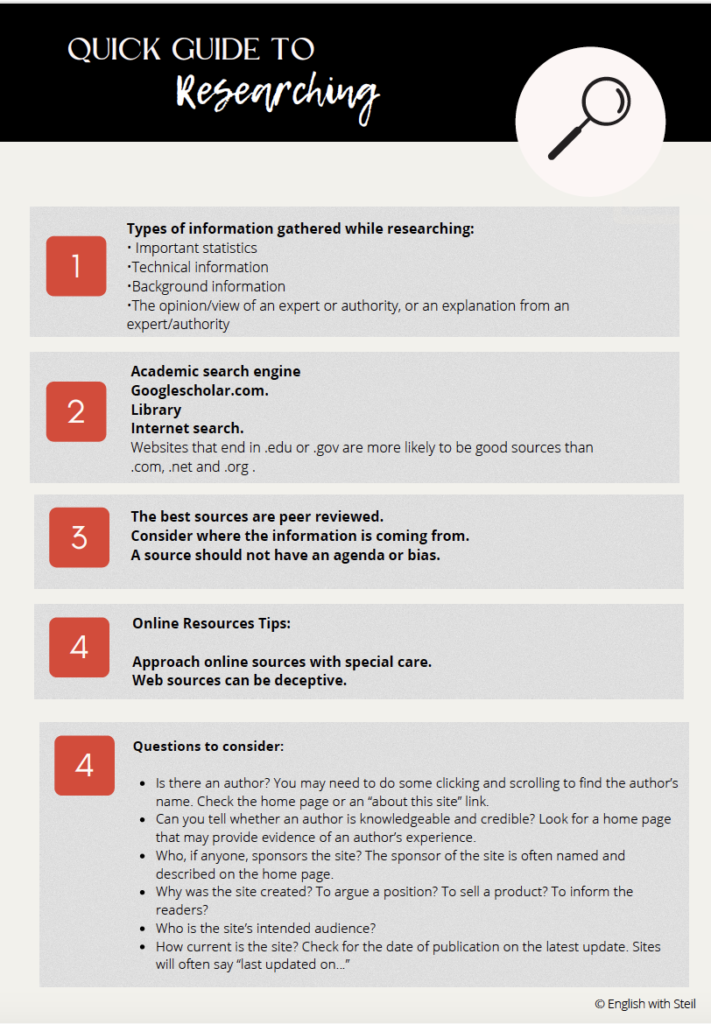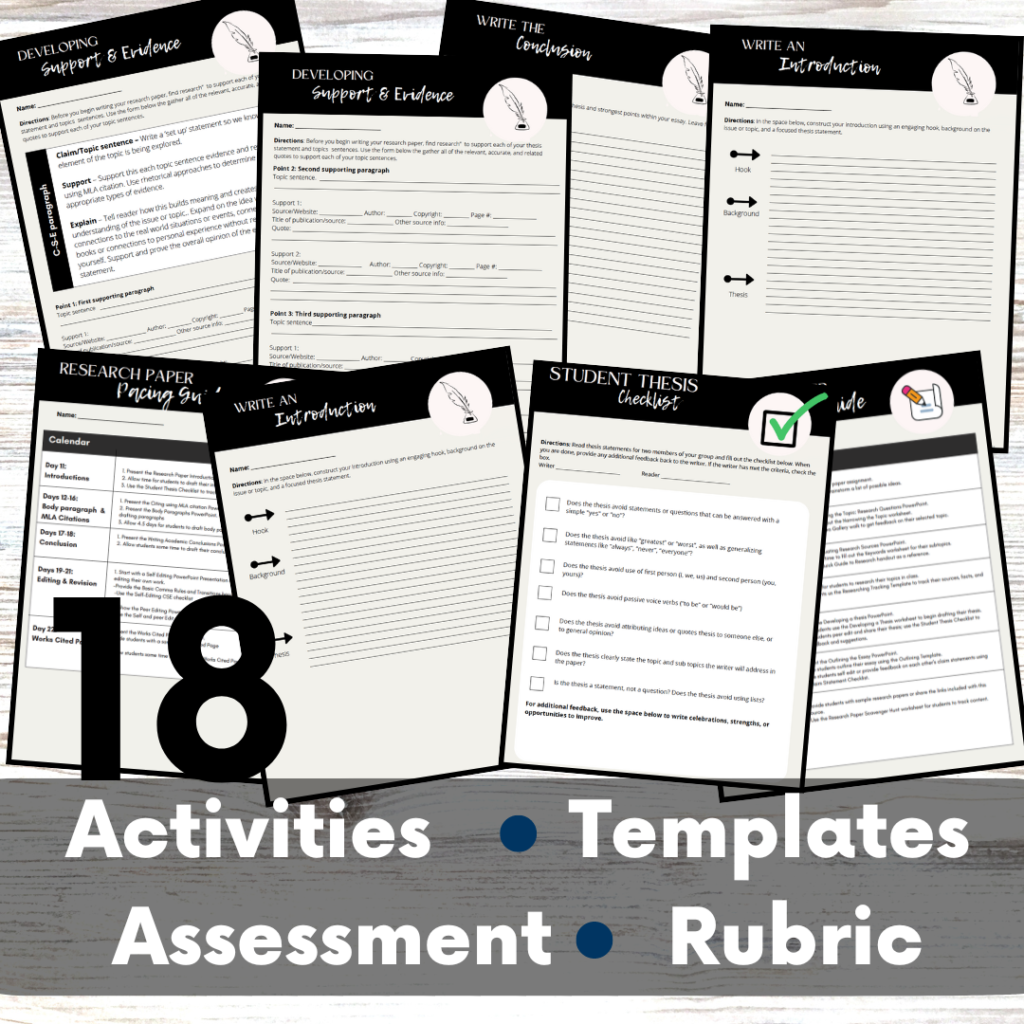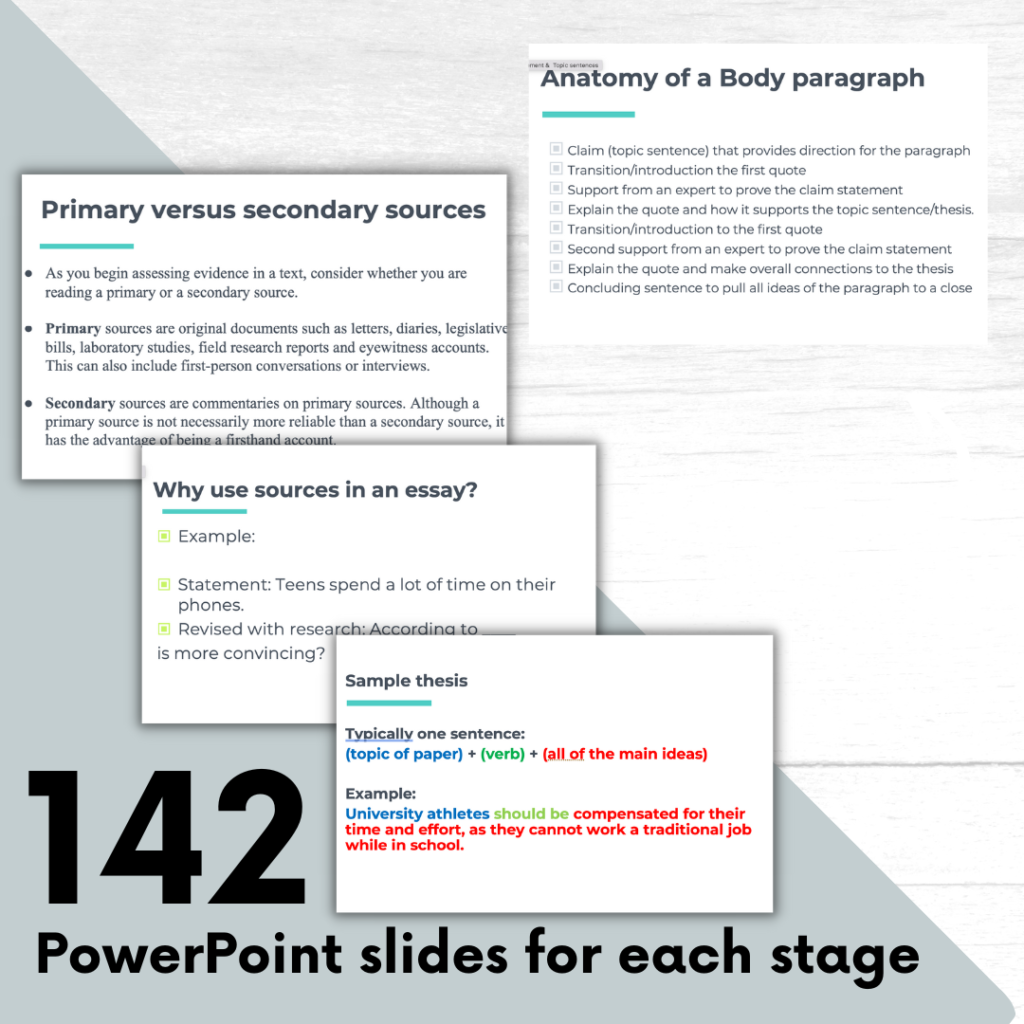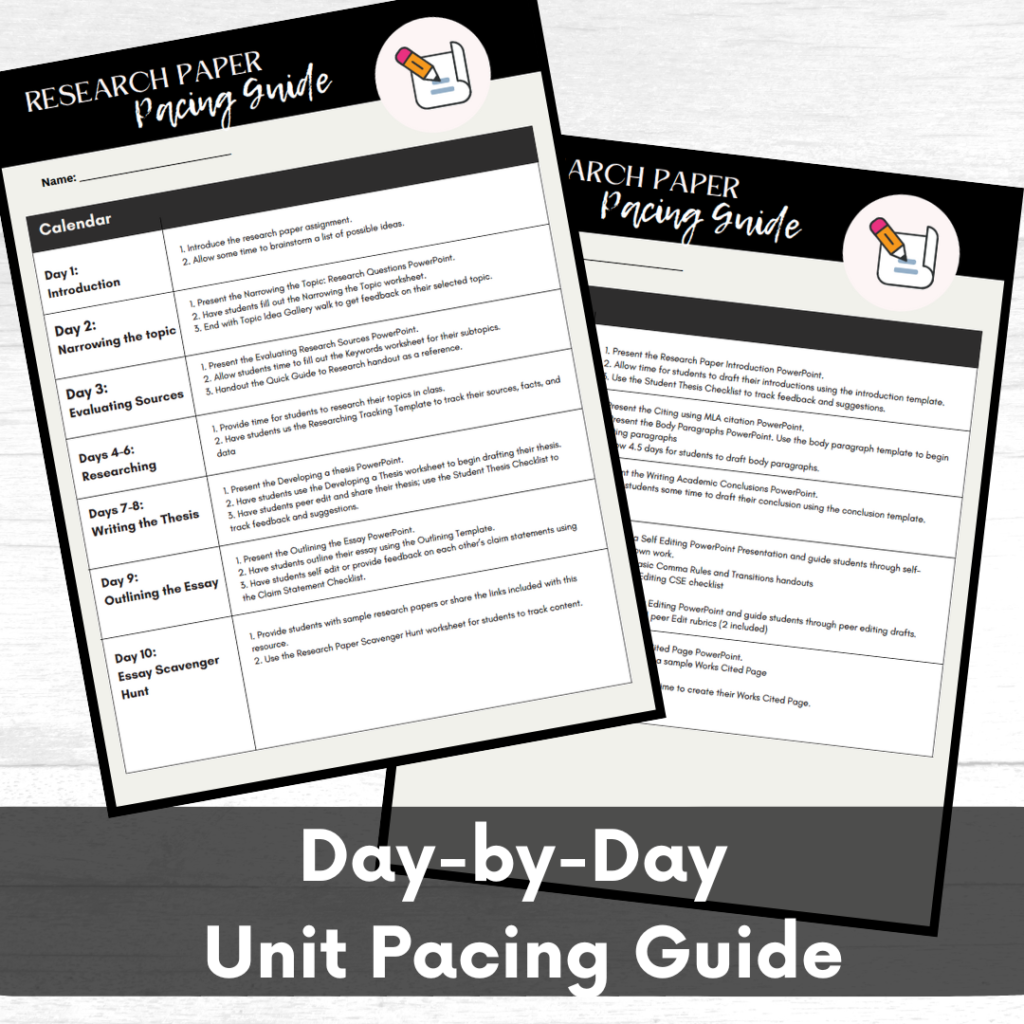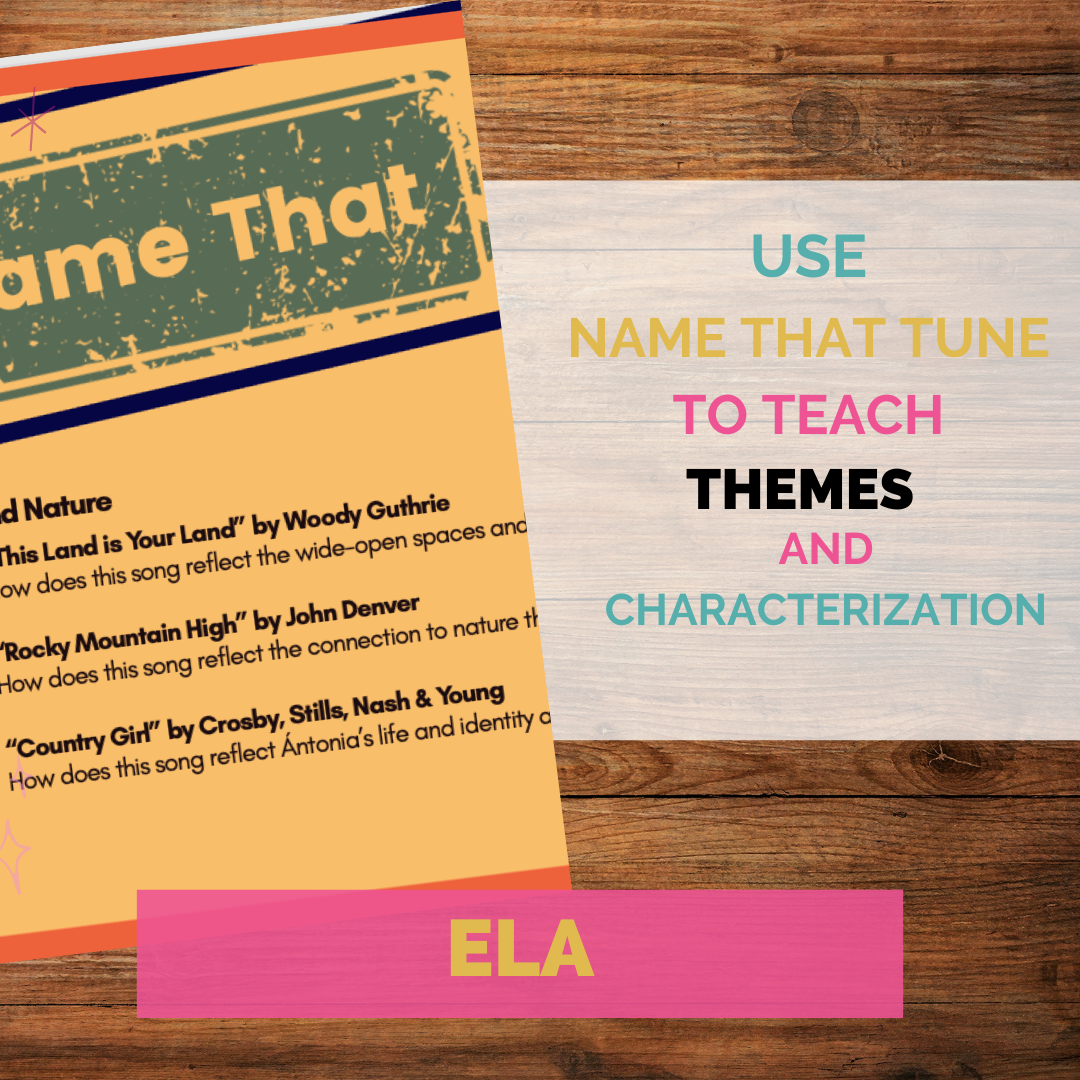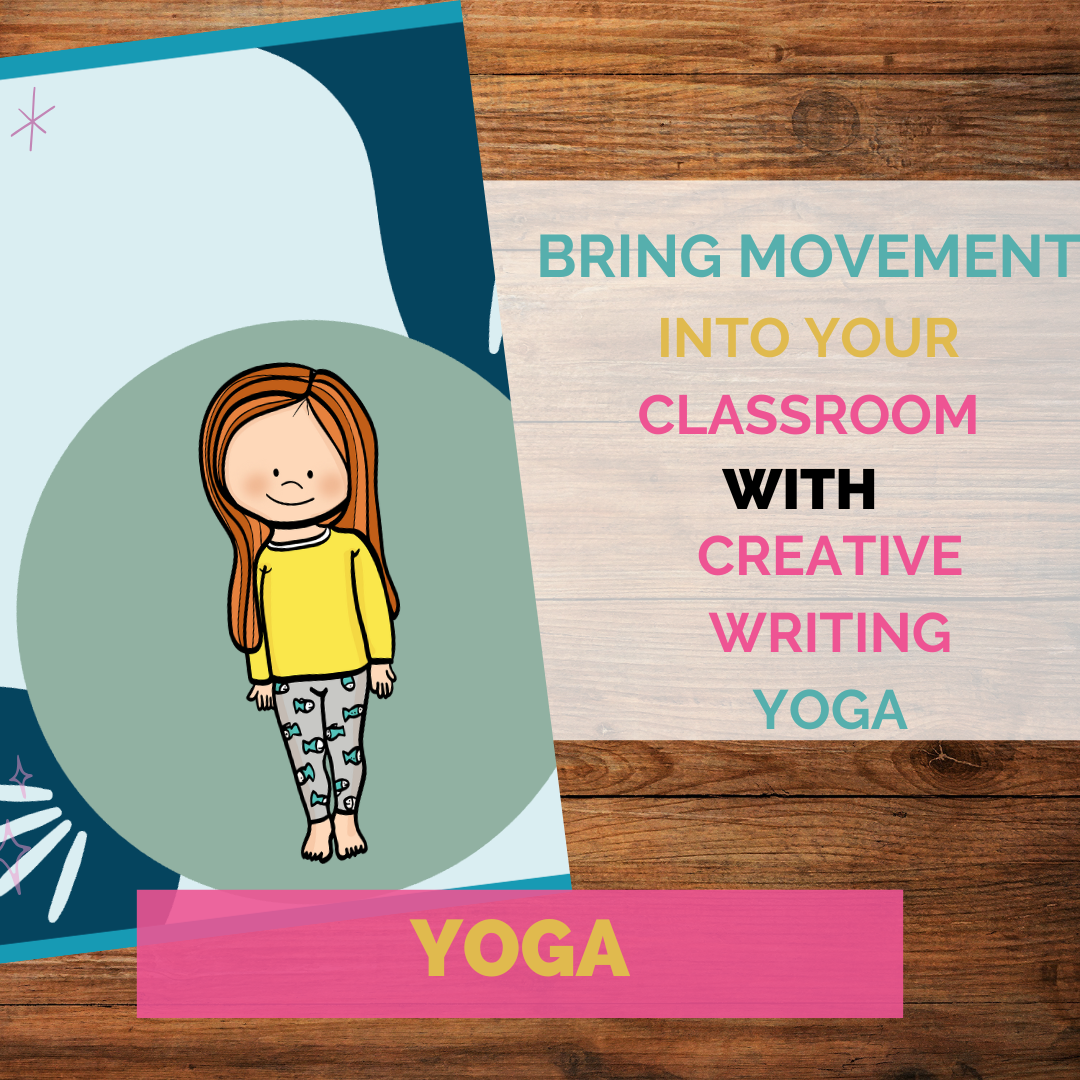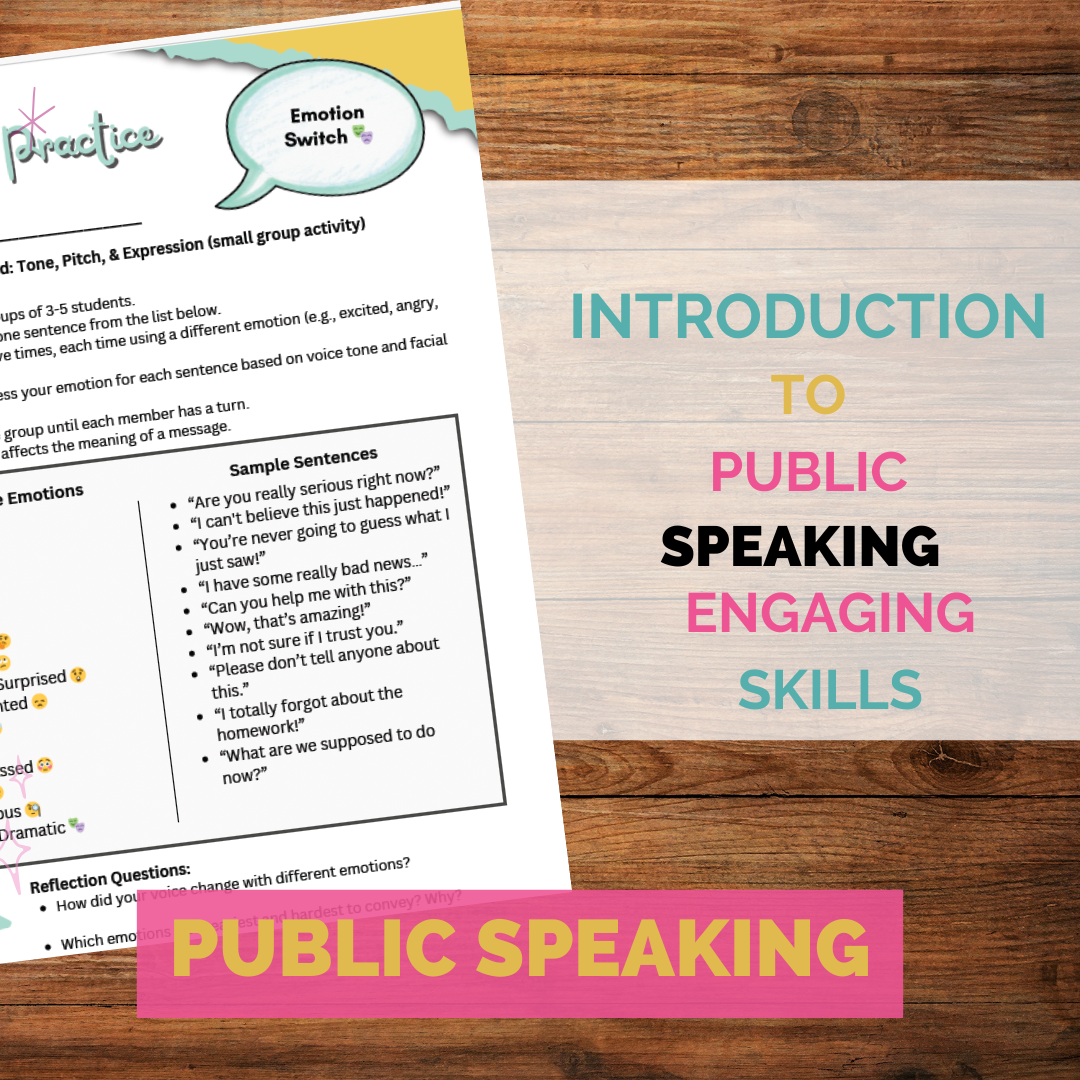When I was in high school, I vividly remember research essays involved nights at the local library with piles of books stacked high. I also remember purchasing stacks of colored index cards and packs of highlighters. The modern research paper allows for students wider access to research databases, but the core principles of strong researching methods has withstood the test of time. Here are 5 simple steps to guide your students through the research essay in a coordinated and easy-to-follow way.
1. Narrow the topic and develop a guiding question
Developing the guiding question:
In order to help students narrow their topic, I have them first start by asking themselves whether the question could be answered by a simple “yes or no”. If so, they should expand the question to allow for more depth. For example, the question “Should the government drop the drinking age to 18?” could be rewritten as “What are the pros and cons to keeping the drinking age at 21?
Another consideration when developing strong questions is whether the question can be answered by a simple Google search. For example, “How many countries have a drinking age below 21?” can be easily answered, but it doesn’t necessarily provide that the drinking age should be reduced. Instead the question could read, “Why should countries reduce their drinking age to 18?” The question must require a range of research in order to answer it.
Turning your topic into a researchable and defendable question:
Once students have a narrowed topic, it’s time to frame a question that can be researched and argued within the essay.
Sample:
General Topic: Violence in the media
More specific: Violence in video games
More specific: Increasing amount of violent video games
Research question: To what degree do video games promote violent behaviors for people to play those games?
2. Find high quality sources and evidence
Where to find quality research:
Academic search engines. Many schools and libraries subscribe to academic search engines such as EBSCO or Academic Search Premiere or InfoTrac. These search engines filter results so you only get academic sources that you can be sure are appropriate sources.
Googlescholar.com. This search engine, available to anyone, also filters results so you only get academic sources. Not every source listed is available online.
Library. Print sources from your school or public library that you can’t get online are available here. Asking a librarian for help is a great resource.
Internet search. Using a regular search engine such as Google or Yahoo can turn up appropriate sources, but you have to be very careful to make sure your source is appropriate for an academic research paper.
3. Organizing and Outlining
This is where my high school color-coded index cards came in handy. I remember arranging my cards into neat lines by topic and moving them around like a game of cards. Now, students likely have links, copy/pasted snippets, or other random pieces and parts of digital research floating around. Before we start any writing, I ask my students to create an outline or help them organize their content and provide some clear direction.
An outline organizes information in complimentary ways because it shows:
1. The progression from the introduction/beginning through a conclusion/end in support of your overarching thesis.
2. The relationships between topics and subtopics, main points and supporting evidence, abstract ideas and concrete details.
3. The ultimate purpose of an outline is to help you write or present ideas in an organized manner that your audience can follow.
The topic sentences need to agree with the main idea or subpoints in the thesis statement; otherwise, the essay could be confusing.
Using an outline graphic organizer or template helps students arrange their main points in a logical order and identify which research they discovered to support each point.
For more help outlining ideas, graphic organizers, and a claim statement checklist, check out my full Research Essay Teaching Pack!
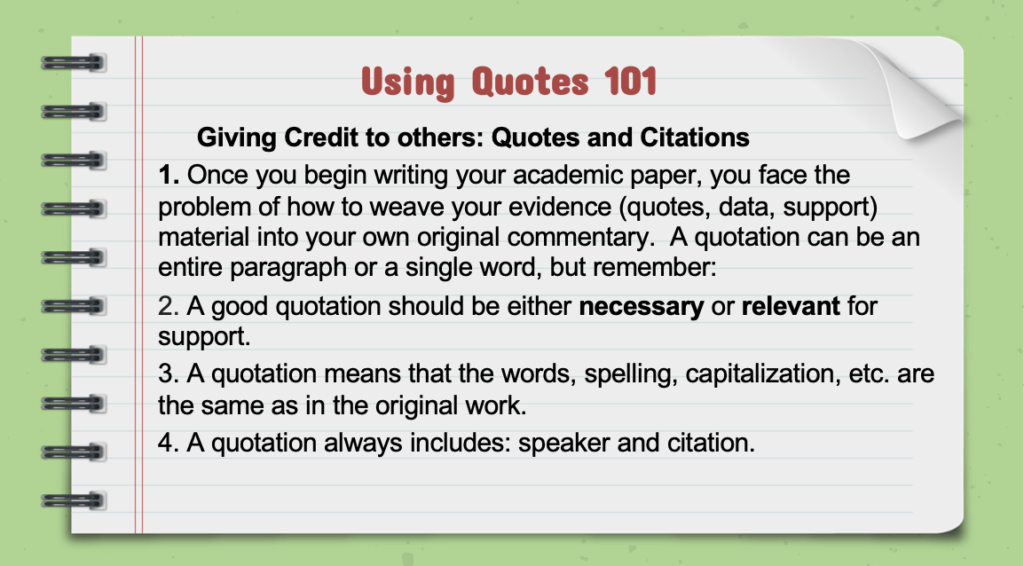
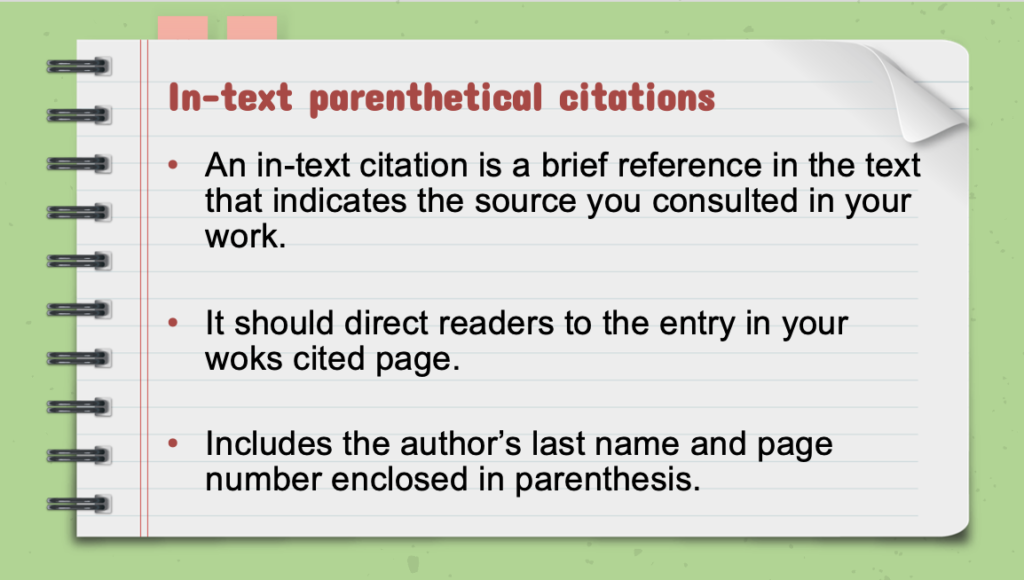
4. Citing sources using MLA Citation
Before students begin writing their essay, I introduce the idea of MLA citation so they accurately embed their evidence within their body paragraphs. For most students, this is the most tedious and complicated part of the writing process.
My research essay teaching pack introduces students to MLA format, in-text citations, basic quotation, attribution, and MLA citation rules. This step-by-step slideshow makes it easy for students to understand how to apply MLA rules to their own writing.
This 14-slide deck includes the following topics:
- Formatting for MLA
- Quotes 101
- Identifying a speaker
- In-text parenthetical citations
- Punctuation rules
- Short and long quotations
- Partial quotations (how to use an ellipsis)
- Adding to quotations (how to brackets)
- Unusual circumstances: no author and websites
- Works cited page guidelines
- 2021 updates
If you are looking for more MLA documentation resources, check out some additional ideas from my fellow bloggers at the Secondary English Coffee Shop:
- MLA Handbook – Presto Plans
- Research Skills Stations (MLA) – Room 213
- MLA Style & Format 8th Edition: Citations, Instructions & More – Tracee Orman
- Research & Inquiry Resource– The Secondary English Coffee Shop
5. Editing for clarity
Once the essay is complete, I make sure to build in time for self and peer editing using guided PowerPoints and worksheets. Through a series of yes/no questions and open ended questions, students are encouraged to do a deep dive into their essay to look for accuracy with MLA citations, grammar, mechanics, and overall content.
While some students may want to rush this last step, I think it’s critical to embed time in my class to teach students how to not only be their own editors, but how to help others navigate the editing process.
My Research Essay Teaching Pack includes both a self editing PowerPoints and peer editing PowerPoint with guided questions for reflection. It also includes 2 printable editing worksheets and a Basic Comma handout!
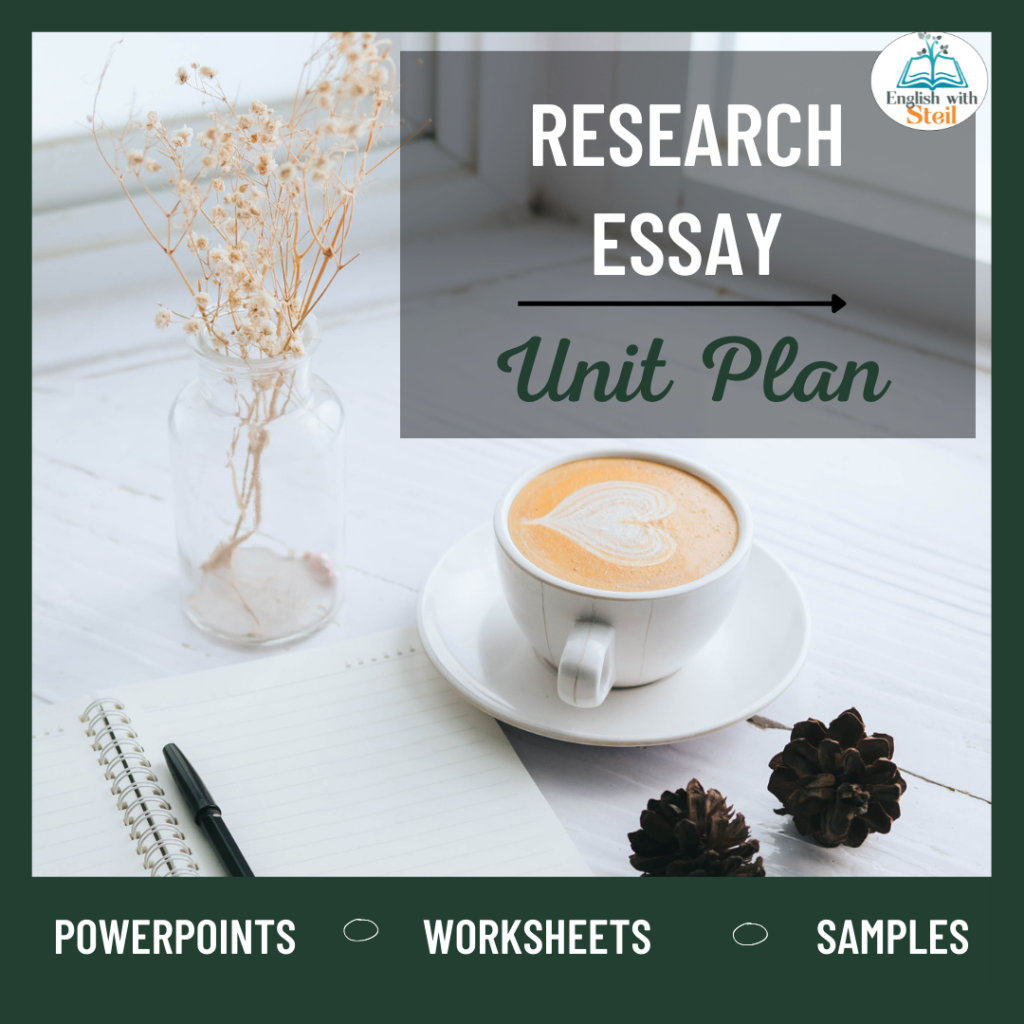
Check out the following research and writing resources from my fellow teacher colleagues:
Tips for teaching MLA Citations & Research Skills by The Secondary English Coffee Shop
MLA Citation Guide Mini-Book by The Classroom Sparrow
Research Magazine by Room 213
Research Project–Real Life Utopias by Nouvelle ELA
MLA Format Escape Room Activity by The Daring English Teacher

